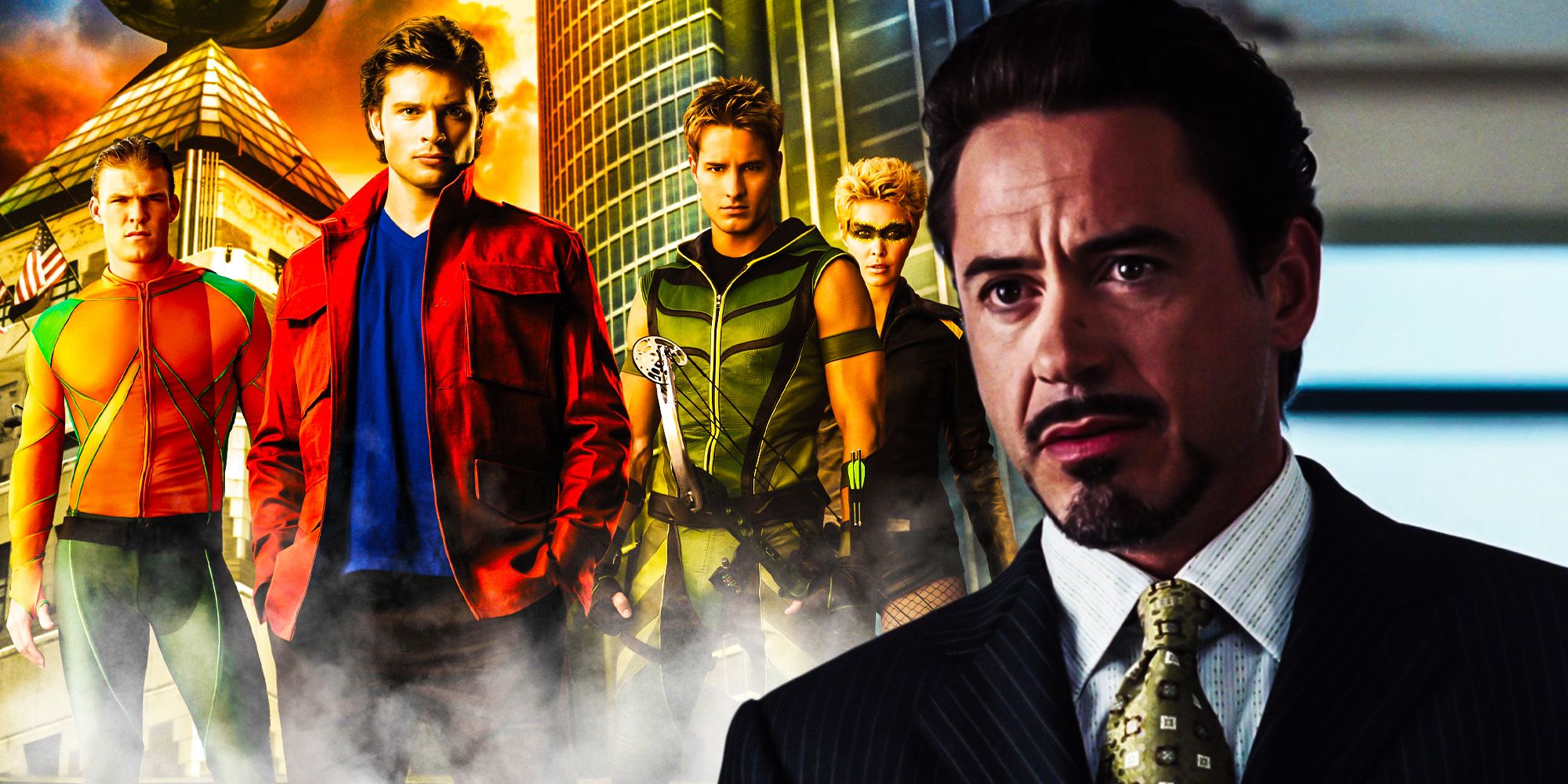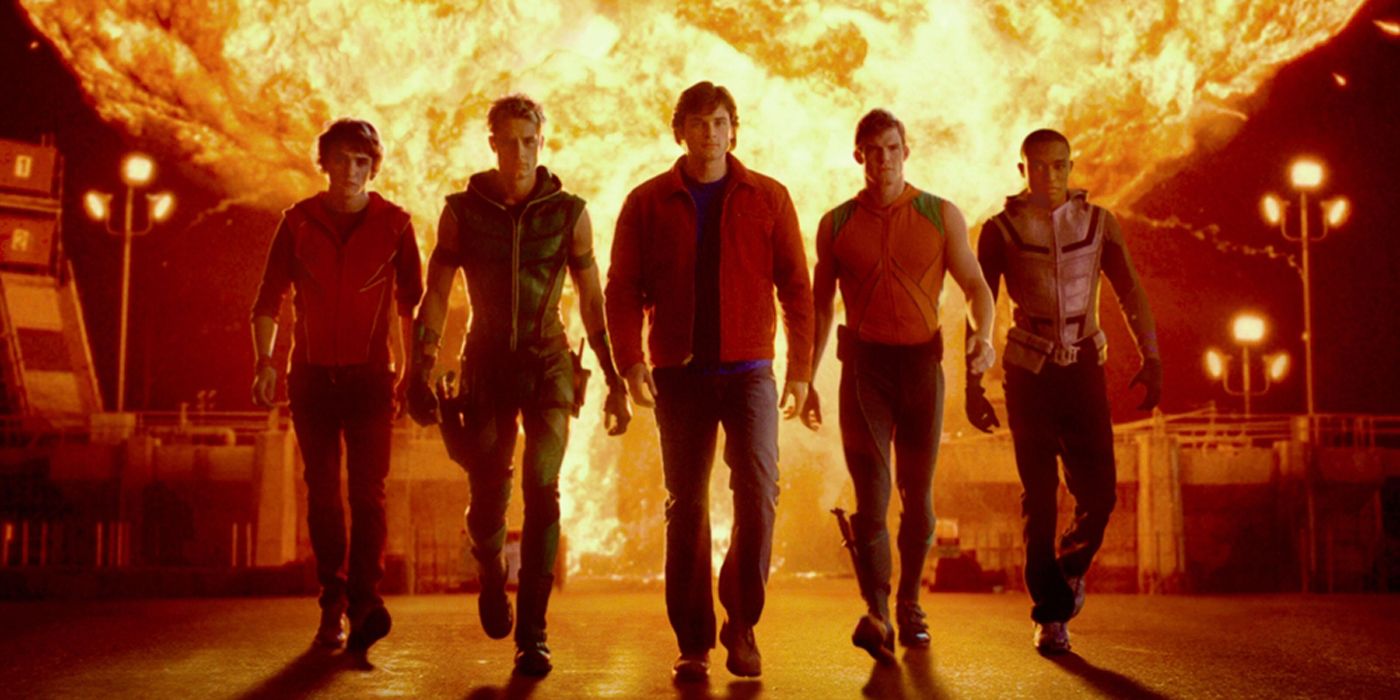Over the course of its 10-season run, Smallville developed a trick that actually shaped modern superhero cinema. Conceived as a teen drama following a young Clark Kent during his formative years, Smallville found broad success in the early 2000s. As its story continued to evolve, the nature of the show did too, with later seasons focusing more on Clark's adult life in the years leading up to his taking on the mantle of Superman.
Smallville instituted a "no tights, no flights" policy — the core tenet of the show was that its protagonist wouldn't become a fully-formed version of Superman until its very end. Smallville's approach to Superman's origin story might seem counterintuitive in theory, but its layered examination of its characters made for a show that was both fresh and full of reverence to its comic book source material. And while Smallville star Tom Welling never truly became Superman on the series, his Clark Kent was an integral part of something much bigger.
One of the most celebrated aspects of Smallville was the way it introduced a much wider assortment of DC characters as it went on, making for a show that seemed like a piece of a much larger universe. This formed the basis for the show's greatest trick. Smallville eventually included other DC heroes in a way that felt natural to its story but also promised further development. Using Superman's origins as a jumping-off point for a larger universe was ambitious, but Smallville achieved it through a blend of comic-accuracy and gentle creative license. This established a precedent that's been used by almost all superhero movies since — the re-imagining of popular characters is now considered acceptable, as long as it's written with care and attention.
That wasn't something often attempted before Smallville, but the success of today's cinematic universes has effectively been built upon it, and the dynamic that the show's heroes shared was instrumental in capturing the narrative beats now best utilized by the MCU. What's more, Smallville's Justice League also established a live-action precedent for superhero team-ups. The show proved that this could be achieved to great effect with the use of intertwining comic book narratives forming the basis of a larger mega-franchise. Smallville's planned spinoffs unfortunately never came to pass, but the show established the massive potential of the idea behind a wider superhero universe.
With its thorough use of DC's characters and gently applied creative license, Smallville created something special. This is one of the biggest reasons for its long-lasting status as a fan favorite, but it also contributed to the superhero genre as it's known in film and television today. Although Smallville didn't manage to start DC's first shared universe in the way that it had hoped, the show did pave the way for the MCU, the DCEU, and the Arrowverse.


